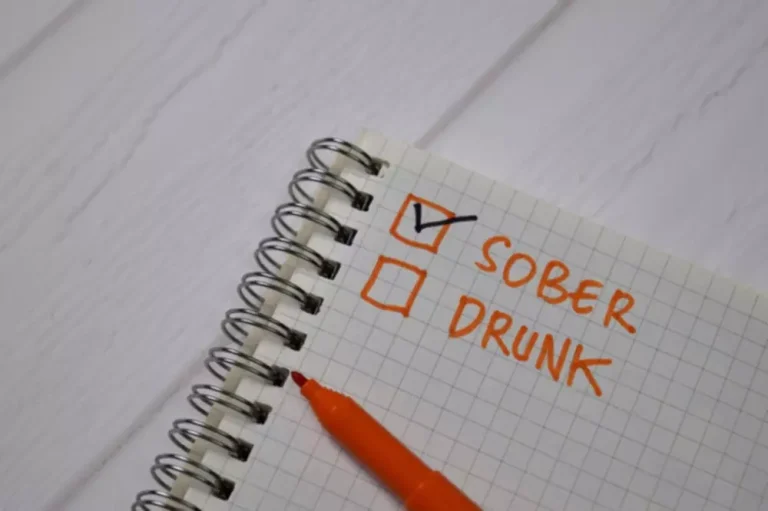Alcohol Withdrawal Seizures: Symptoms, Causes, Treatment, and More

Topiramate has not received FDA approval for use in the treatment of alcohol use disorder. Nevertheless, the 2015 United States Department of Veterans Affairs Practice Guideline recommended the drug for off-label use to treat moderate to severe cases of alcohol dependency. Researchers do not currently know exactly how topiramate works in alcohol use disorder cases. Nevertheless, the medication may effectively reduce cravings in people who are dependent on alcohol. The problem generally escalates over time, and the health and safety risks also escalate. Getting treatment early can resolve the pattern of alcohol abuse before the individual experiences impaired health, compromised safety, and other negative effects on his or her quality of life and relationships.

What Causes Alcohol Withdrawal Seizures?
The main concern over the development of delirium tremens during alcohol withdrawal is the threat of mortality that comes with it. Delirium tremens is estimated to come with a 35% risk of death if you go through it without treatment. The kinds of withdrawal symptoms you experience will depend on the substance you were dependent on. Alcohol is a central nervous system depressant, which means that it slows down nervous system activity in the brain. When that depressant is removed, you may feel a sudden lack of its rewarding effects, leading to nervousness, insomnia, and anxiety.
Why Do Alcohol Withdrawal Seizures Happen?
- People who experience severe withdrawal symptoms or DTs may require hospitalization or intensive care unit (ICU) treatment during alcohol.
- According to the Epilepsy Society, consuming alcohol may make your epileptic medications less effective and may make the side effects of your medications worse.
- Additionally, there are studies linking excessive alcohol consumption with an increased risk of developing epilepsy.
- The dose of medication required to control alcohol-withdrawal symptoms can vary greatly among different patients and over time in the same patient.
Healthcare providers will treat you to stabilize you (unless you have some kind of advance medical directive on file with them). They may also talk to family, friends or loved ones you previously approved to know and make decisions about your medical care. Because confusion is a key symptom of DTs, people with this condition can’t make informed choices about their care.

Alcohol Seizures and Their Connection to Withdrawal
Afterward an alcohol-related seizure, the person’s skin may appear dusky or slightly blue if the seizure lasted for a long time. The person may also soil themselves due to loss of bowel and bladder control when the body relaxes. Awareness or consciousness typically returns slowly after a generalized tonic-clonic seizure. Alcohol and some antiseizure medications can have similar side effects, and taking them together can cause potentially dangerous complications. In a 2020 study, research found that the withdrawal seizures symptoms risk of SUDEP was twice as high in people with a history of alcohol dependence or substance misuse disorder.

- Entering a treatment for alcohol use disorder can minimize the risk of seizures and other potentially life-threatening symptoms.
- The patient should be checked for other signs of alcohol withdrawal such as tachycardia, tachypnea, mydriasis, elevated blood pressure, hyperthermia, diaphoresis, and tremor, among others (27).
Over time, your CNS adjusts and sees that increased activity level as its new normal. A recently https://ecosoberhouse.com/ published study also shows that a significant proportion of patients are inappropriately treated with symptom-triggered therapy for alcohol withdrawal in hospitalized patients. The authors conclude that more stringent evaluation for this treatment modality is needed 49.
Concomitant substance abuse should be identified as substances such as sedatives may modify symptom presentation and affect response to treatment of alcohol withdrawal. The Alcohol, Smoking and Substance Involvement Screening Test (ASSIST), developed by the World Health Organization is recommended for the identification of polysubstance abuse (79). When Wernicke encephalopathy is suspected or manifests, parenteral administration of 500 mg thiamine three times daily should be started with no delay, as recommended by British guidelines (category D) (37).
Recent Comments